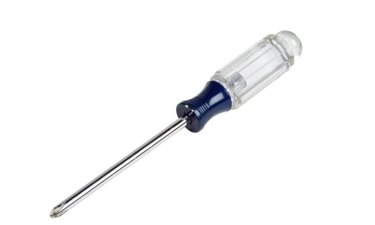
While there are many ASUS laptop models that may differ in hardware design, the vast majority of ASUS laptops share a common hard drive location: behind a plastic panel on the bottom of the laptop. Turn your ASUS laptop over and look for a panel outline about the size of a deck of cards -- if it's there, you are in luck; otherwise, you will have to either contact ASUS to find out how to reach the hard drive, or search online for schematics or instructions. If you own a newer, standard-issue ASUS, you can change out or upgrade your hard drive relatively easily.
Preparing Your Work Area
Video of the Day
Step 1
Lay a cotton bath towel on a table area to protect the lid of your laptop from scratches. This towel can also catch tiny screws as you remove them from the laptop case.
Video of the Day
Step 2
Unplug the AC adapter and pop out the battery. Press down on the "On" button for a few seconds to bleed off any electricity that may be in the motherboard. Otherwise, when you start handling internal parts, you risk shorting out the motherboard if any stray charge or static electricity is present. To be extra cautious, ground yourself by touching a piece of metal before continuing. If you get up from the work area, ground yourself again before continuing your work.
Step 3
Close the laptop lid. Turn the laptop over on its lid, on top of the towel, and examine the layout of the various plastic panels on the bottom of the laptop. The smaller access panels most likely cover the memory chips and the internal wireless network card. Look for a panel about the size and shape of a deck of cards, with a symbol of a hard drive embossed on the plastic.
Removing the Hard Drive
Step 1
Loosen and remove the small screws holding the access panel in place. Use gentle pressure if the screws seem very stubborn or tight. Avoid "stripping" the heads of the screws by using too much twisting pressure. Be careful not to use so much pressure that you crack the delicate laptop screen. Gently remove the access panel cover and set it aside, with the screws resting on the cover.
Step 2
Examine the hard drive. If it appears to be held down in the cavity by another set of tiny screws, remove them.
Step 3
Notice the end of the hard drive that is connected to a cable or connector head. Carefully pull the hard drive away from this connector head while the drive is in its "flat" position. Don't bend the hard drive upwards. Use your fingers to slide the drive straight back and away from the connector until it pops free.